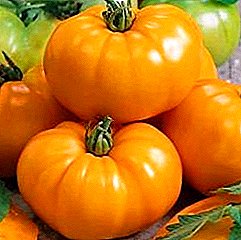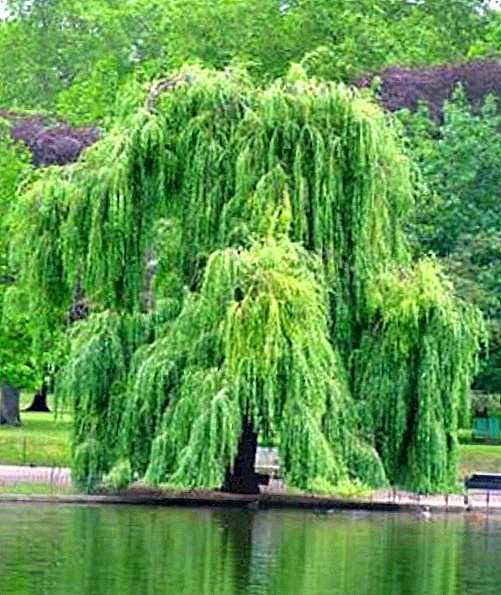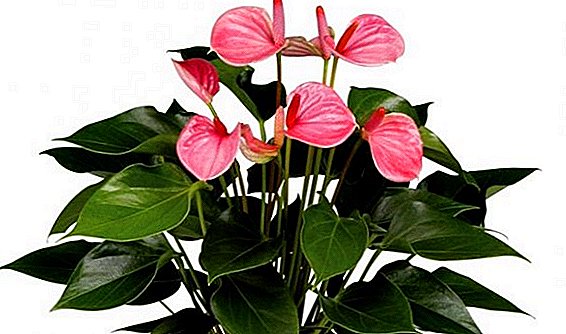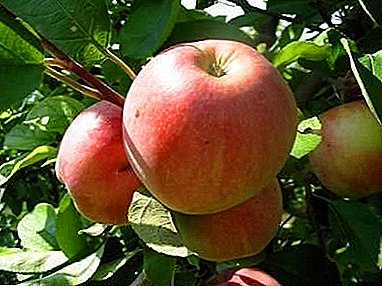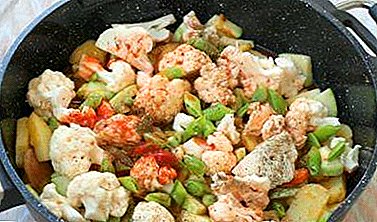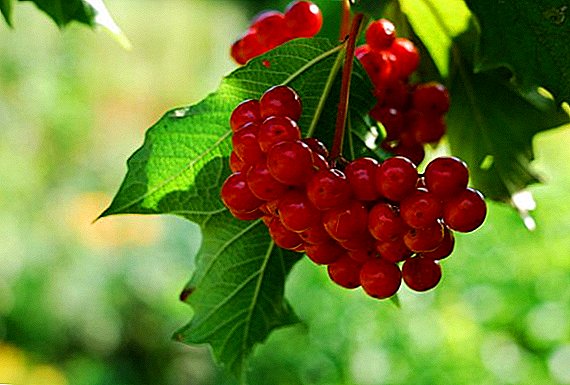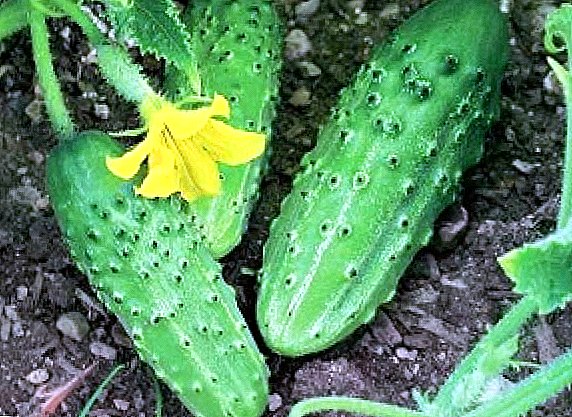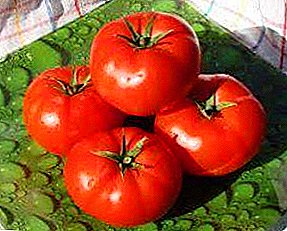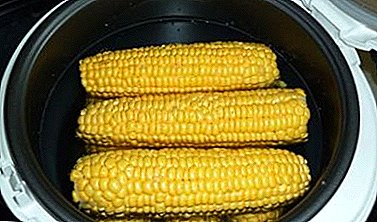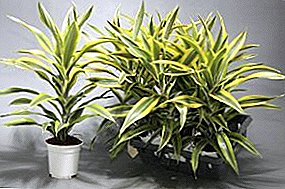 In some cases, unpretentious dracaena leaves fall. The problem does not arise by itself, so the florist needs to understand its causes.
In some cases, unpretentious dracaena leaves fall. The problem does not arise by itself, so the florist needs to understand its causes.
About why the plant throws off the leaves and how to reanimate it, read on.
Why dracaena sheds leaves: the main reasons
Dracaena sheds leaves due to errors in care or illness. Below are the main reasons for the fall foliage.
Did you know? Word "dracaena" translates as "female dragon". Homeland palm - Africa and Southeast Asia.
Violation of growing conditions
The first thing to look at when the leaves fall near the dragon plant is the growing conditions. The reasons are most often:
- wrong soil composition;
- low temperature;
- frequent drafts;
- bright direct light;
- strong shadow.
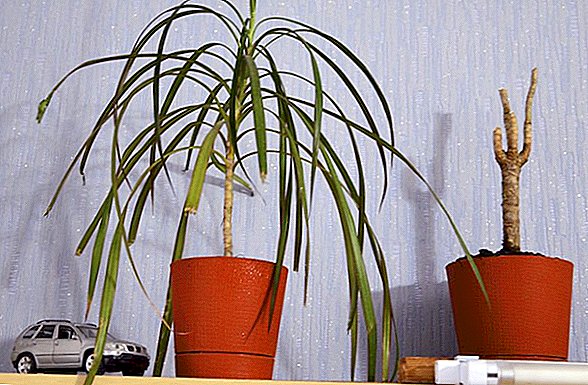
Lack or excess of fertilizers
Plant fertilizers are needed for growth. Many flower growers admit two extremes: lack or excess of additional fertilizing. Leaf fall is possible in both cases.
With a scarce recharge of dracaena, there is nowhere to take nutrients. This situation occurs in several cases:
- rare feedings;
- small doses of funds;
- the concentration of solutions is lower than indicated in the instruction;
- total lack of fertilizers.
We recommend to find out why the leaves turn yellow and dry in the dracaena.
Excessive fertilizer is equally harmful. Its negative impact is manifested in such errors:
- too frequent feeding;
- the use of a larger amount of funds;
- intense concentration of the drug;
- top dressing during rest period.
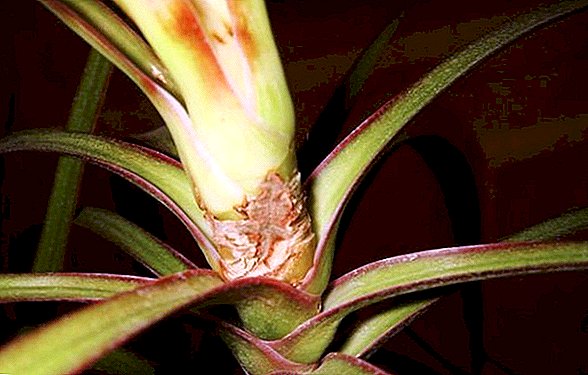 Review the approach to palm fertilizer. This may be the main cause of leaf dropping.
Review the approach to palm fertilizer. This may be the main cause of leaf dropping.Did you know? The Aztecs called the dragon tree "tree of happiness" and believed that if you cut a small part of the stem of a plant at midnight, it will bring happiness in love.
Wrong watering
A common cause of falling foliage dracaena - improper watering. The plant is harmed by both scanty and too abundant moisture:
- insufficient watering: the leaves dry up;
- excessive watering: the plant becomes a soft stem, the foliage first fades and then falls off.
Important! TO sdry-tolerant species include palm trees called Dragon and Godsef. They should not be overly moisturized.
Root damage during transplantation
When dracaena roots grow, it is transplanted into a new pot. In the process of transplanting florist in contact with the rhizome. Careless movements can damage the root system. Such injuries affect the condition of the palm tree. A transplant to a new place is already stress, and damage to the root increases it. In response to an injury, the plant sheds leaves. 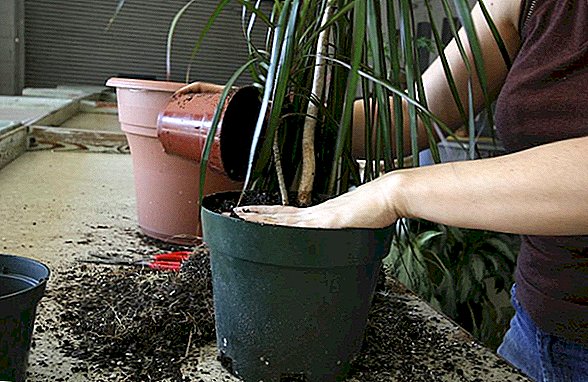
Pests and diseases
Invalid care attracts diseases and pests. They often cause foliage to fall off.
Of the diseases, the plant most often affects the fungus:
- stem rot;
- root rot;
- Fusarium;
- Alternaria;
- phyllossticosis;
- heterosporia.
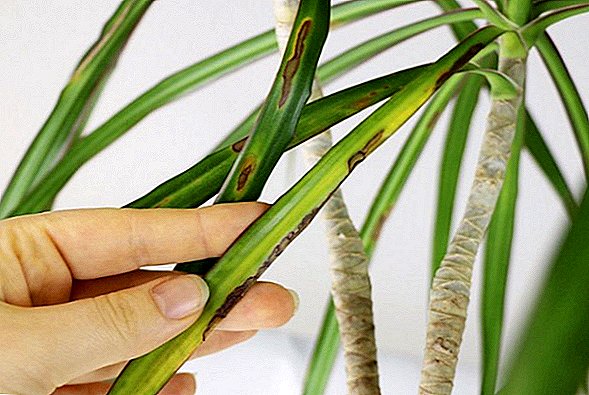 Pests are no less dangerous for dracaenas. Often it is they who cause the leaves to fall off. On the palm tree can attack:
Pests are no less dangerous for dracaenas. Often it is they who cause the leaves to fall off. On the palm tree can attack:- spider mite;
- thrips;
- shield;
- mealybug;
- aphid.
Read more about the features of growing room dratsy.
What to do and how to save the plant
The dragon tree whose leaves have fallen can be saved in some cases. The reasons are more associated with errors in care, so the first actions of the grower is to adjust the growing conditions. If diseases or pests are found, the plant is further processed. 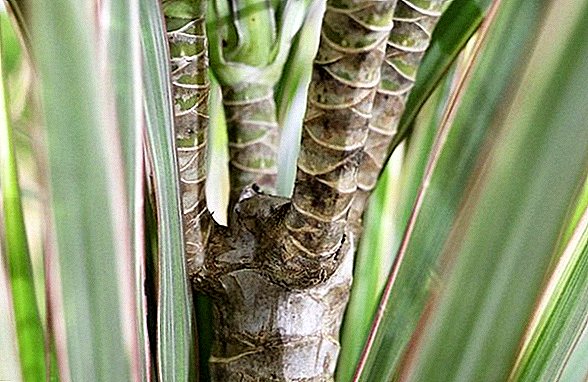
The rules for growing palm trees are as follows:
- Temperature. The optimal performance is + 20 ... + 25 ° С. The plant will survive if the temperature drops to + 15 ° C. In colder conditions, the palm stops the development.
- Humidity. Most species need humidity of at least 60%. To maintain the moisture of the plant is sprayed from the spray. Spraying twice a day is enough for normal growth. Do not forget to remove excess water from the sinuses of the leaves.
- Lighting. Dracaeni love scattered light. The bright rays of the sun or shade ruin the palm tree. If the leaves fall, change the location of the pot. If it is not possible to provide the plant with natural light, buy phytolamp.
- Watering. Water for irrigation should be soft. Before use, it must be defended. Cold water is not suitable for irrigation. The frequency depends on the drying out of the soil. If the top 2 cm of the substrate is dry, it can be moistened. Drying rate depends on the season. In the summer the plant is watered 1 time in 2 days. In winter, it is optimal to moisten the soil 1 time in 3 days.
- Fertilizer. Palm needs feeding only in the period of active growth. Its usual time frame is from March to early September. Feed the dracaena should be 1 time in 2 weeks. Manufacturers offer a wide selection of fertilizers for dracen. Popular are the means "Rainbow", "Dracaena", "Ideal".
- Transfer. Florists transplant a healthy palm 1 time in 2-3 years. The plant transplants best in March and April. With growing problems, an emergency transplant is possible. Falling foliage due to improper soil or disease is exactly the case. For a successful procedure, prepare a pot, a drainage mixture, a substrate for dracaena, and water for irrigation. Fill the new pot with drainage, put some of the soil on it. Water the dragon fruit and remove from the old pot. Carefully clean the root system of earthen coma. Check the roots for rotting, remove the rot, if there is one. Place the palm in a new container, pour the rest of the soil. Water the palm and place it in the right place.
- Fight against diseases and pests. For the treatment, flower growers use such drugs: pests are destroyed by insecticides, for example, "Fitoverm", "Aktellik" or "Inta-vir", and fungicides, such as "Oksikh" or "Topaz", are used against the fungus. the treatment does not help, try transplanting the stalk into a new soil to save at least part of it. If it's a viral disease, it's impossible to cure it. The plant must be disposed of.
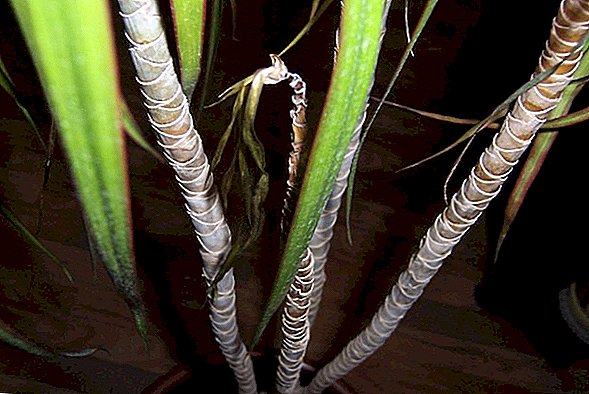
Preventive measures
The main prevention is the right microclimate and care. For greater confidence flower growers use special tools that prevent diseases and the appearance of pests. Among them:
- "Fundazole";
- "Topsin-M";
- "Fitosporin-M";
- Gumistar;
- "Trichovit".
Important! When using drugs, be sure to wear protective gloves and goggles.The main measure in treating dracaena is to determine the cause of the problem. Based on the cause, treatment is determined. However, the basis of a healthy plant lies in proper care. Literate microclimate, watering, feeding and transplants often prevent the foliage from falling off.


